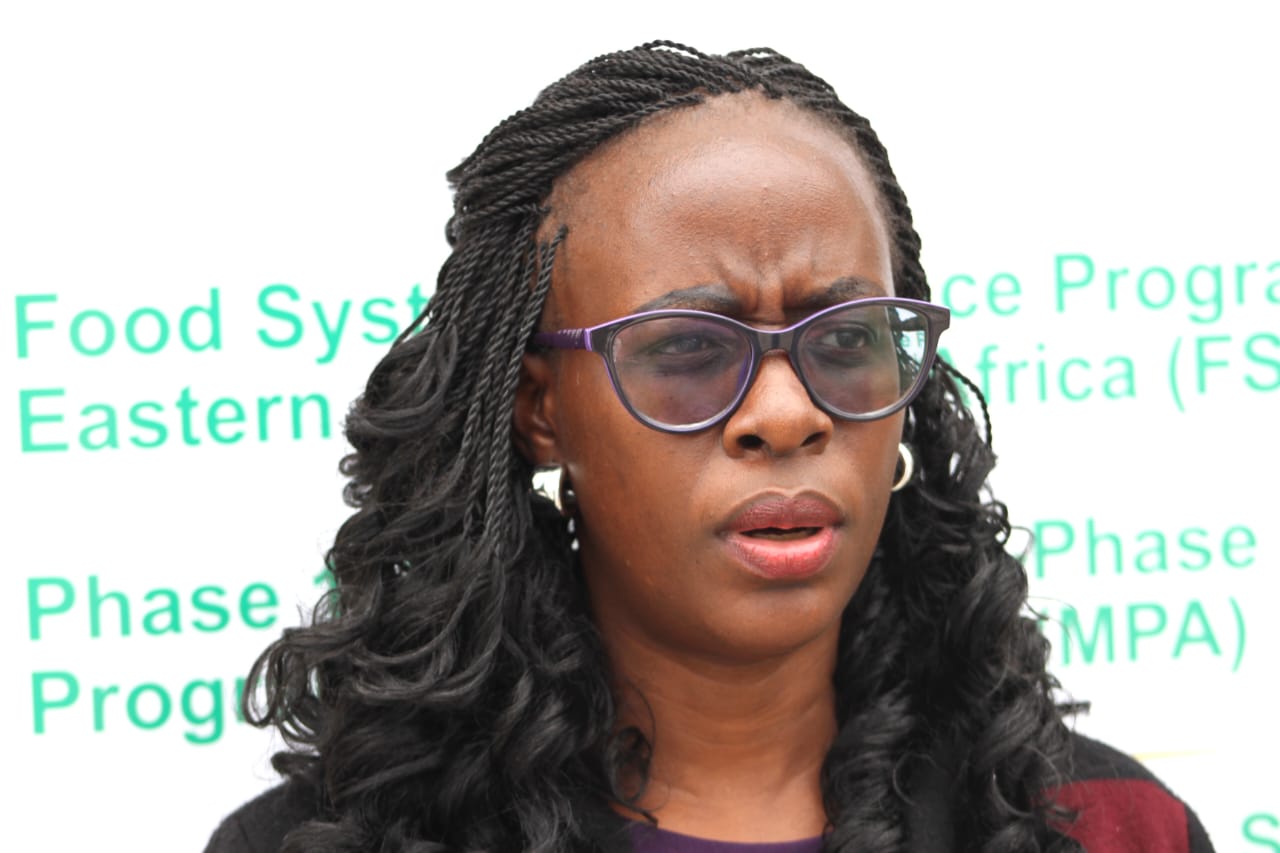 Dr. Sylvia Henga IGAD policy and food Security Expert. Photo Andrew Mbuva.
Dr. Sylvia Henga IGAD policy and food Security Expert. Photo Andrew Mbuva.
By Andrew Mbuva
As the curtain falls on the era of the Malabo Declaration, Africa is confronting a sobering reality: the continent has failed to meet its ambitious 2025 targets to end hunger and halve poverty through agriculture.
Despite a decade of promises and policy frameworks under the Comprehensive Africa Agriculture Development Programme (CAADP), the latest Biennial Review paints a grim picture—food insecurity is worsening across several regions, threatening lives, livelihoods, and long-term development goals.
A significant contributor to the crisis is post-harvest losses. The African Union’s Post-Harvest Management Strategy estimates that up to 40% of food produced in Africa is lost before it reaches consumers. This translates to billions of shillings in economic losses annually and continues to derail efforts to improve nutrition and reduce poverty.
In Kenya alone, post-harvest losses are estimated at a staggering KES 72 billion each year, with perishable produce like fruits, vegetables, and dairy being the most affected.
At the Kenya Country-Level Validation Meeting for the Fifth Biennial Review held in Machakos, Dr. Sylvia Henga, a food security and policy expert with the Intergovernmental Authority on Development (IGAD), raised concerns over the health implications of unsafe food.
“Poor sanitation in livestock production and inadequate cold storage facilities are driving an increase in non-communicable diseases,” she warned, calling for urgent investments in food safety infrastructure and hygiene practices along the agrifood value chain.
In a bid to address these challenges, the African Union has unveiled the Africa Food Safety Agency—a continental body established to harmonize food safety standards, coordinate risk assessments, and develop a centralized data system to monitor contamination and foodborne illnesses. The agency aims to cut post-harvest losses by half and elevate food safety standards across member states.
Kenya’s Agriculture Secretary, Collins Marango, called for renewed accountability as Africa approaches the end of the Malabo Declaration timeline. He reminded delegates of the 2003 Maputo Declaration, where African heads of state committed to allocating 10% of national budgets to agriculture and achieving a 6% annual sectoral growth rate.
The 2014 Malabo Declaration reaffirmed those goals, with added emphasis on inclusive prosperity and improved livelihoods.
“Two decades later, we must ask tough questions,” said Marango. “Why are our food systems still fragmented, underfunded, and ill-equipped to deal with climate shocks and volatile markets?”
With just months remaining before the Malabo framework expires, the African Union is preparing to usher in a new 10-year strategy under the Kampala Declaration. The roadmap sets bold new goals: halving post-harvest losses, tripling intra-African trade in agrifood products, and achieving zero hunger by 2035.
IGAD is also scaling up its commitment to data-driven agricultural transformation, signaling a shift towards evidence-based policymaking and improved accountability in agricultural development.
The stakes are high—but so is the opportunity for Africa to rewrite its food security narrative. As leaders look to the future, the question remains: will the Kampala Declaration succeed where its predecessors fell short?